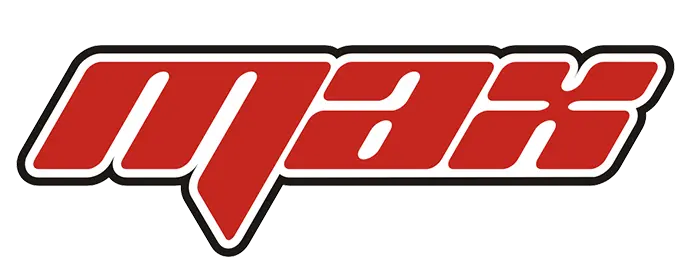The piston of the automobile engine is one of the main parts of the engine, it and the piston ring, piston pin and other parts of the piston group, and the cylinder head and other components together to form the combustion chamber, withstand the gas force and pass the power to the crankshaft through the piston pin and connecting rod to complete the working process of the internal combustion engine.
Because the piston is in a high-speed, high-pressure and high-temperature harsh working environment, but also to take into account the smooth and durable operation of the engine, it is required that the piston must also have sufficient strength and stiffness, good thermal conductivity, high heat resistance, small expansion coefficient (size and shape changes to be small), relatively small density (light weight), wear and corrosion resistance, but also low cost. Due to the many and high requirements, some of the requirements are contradictory, it is difficult to find a piston material that can fully meet the requirements.
The piston of modern engine is generally made of aluminum alloy, because aluminum alloy has the advantages of small density and good thermal conductivity, but at the same time, it has the disadvantages of relatively large expansion coefficient and relatively poor high temperature strength, which can only be met by reasonable structural design. Therefore, the quality of the automobile engine depends not only on the materials used, but also on the rationality of the design.
There are tens of thousands of parts in a car, ranging from crankshafts and gearboxes to spring washers and bolts and nuts. Every part has its role, such as the piston ring “small”, seemingly simple from the shape, very light weight, the price is also very cheap, but the role is no small matter. Without it, the car can not move, even if it has a little problem, the car will not be normal, either large fuel consumption, or insufficient power. In the combination of the whole piston group and the cylinder, the piston group really contacts the cylinder wall of the cylinder is the piston ring, which fills the gap between the piston and the cylinder wall to close the combustion chamber, so it is also the most easily worn part in the engine. The piston ring is generally made of cast iron, has a certain degree of elasticity, has a variety of shapes of cross section, and has a coating on the surface to increase running-in performance. When the engine is running, the piston will be heated and expanded, so the piston ring has an open gap.
In order to maintain the tightness during installation, the opening gap of the piston ring should be staggered. A piston often has three to four piston rings, which are divided into two categories of gas rings and oil rings according to their different functions. The gas ring is installed in the ring groove at the upper end of the piston head to prevent air leakage, transfer the heat of the piston head to the cylinder wall, and evacuate the heat of the piston. The function of the oil ring is to prevent the lubricating oil from entering the combustion chamber, and scrape the excess lubricating oil on the cylinder wall back to the oil pan, which is installed in the lower ring groove of the gas ring. As long as the requirements of the sealing function are ensured, the number of piston rings is less than the number of better, the number of piston rings is less than the minimum friction area, reduce power loss, and shorten the height of the piston, which correspondingly reduces the height of the engine.
If the piston ring is improperly installed or the sealing is not good, it will cause the oil on the cylinder wall to burn together with the combustion chamber and the mixture, causing the oil to burn. If the clearance between the piston ring and the cylinder wall is too small or the piston ring is stuck in the ring groove due to carbon accumulation, etc., when the piston does the reciprocating movement up and down, it is likely to scratch the cylinder wall, and after a long time, it will form a deep groove on the cylinder wall, which is often said that the “cylinder pulling” phenomenon. The cylinder wall has grooves, and the sealing is poor, which will also cause oil burning. Therefore, the working state of the piston should be checked regularly to avoid the occurrence of the above two situations and ensure the good running condition of the engine.
